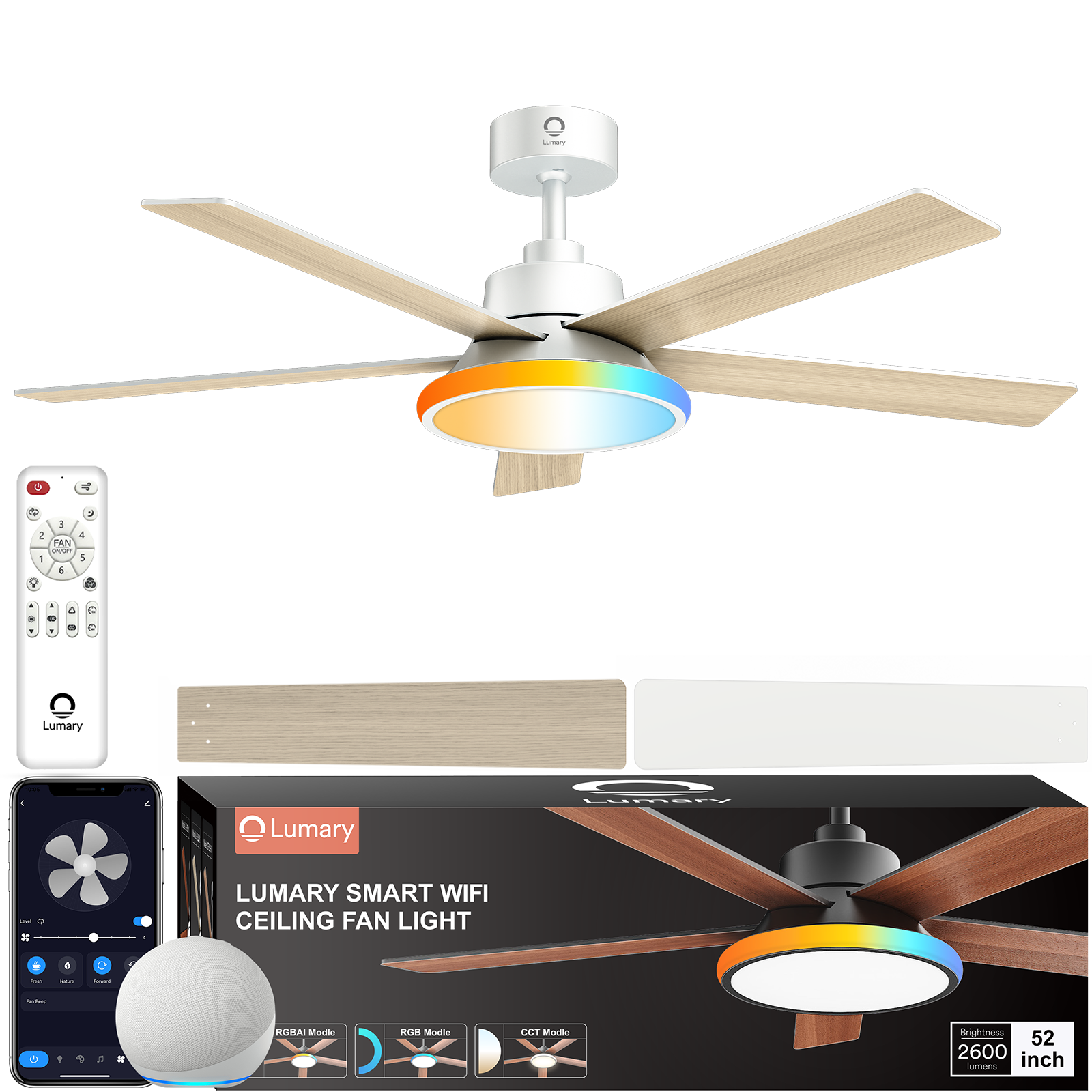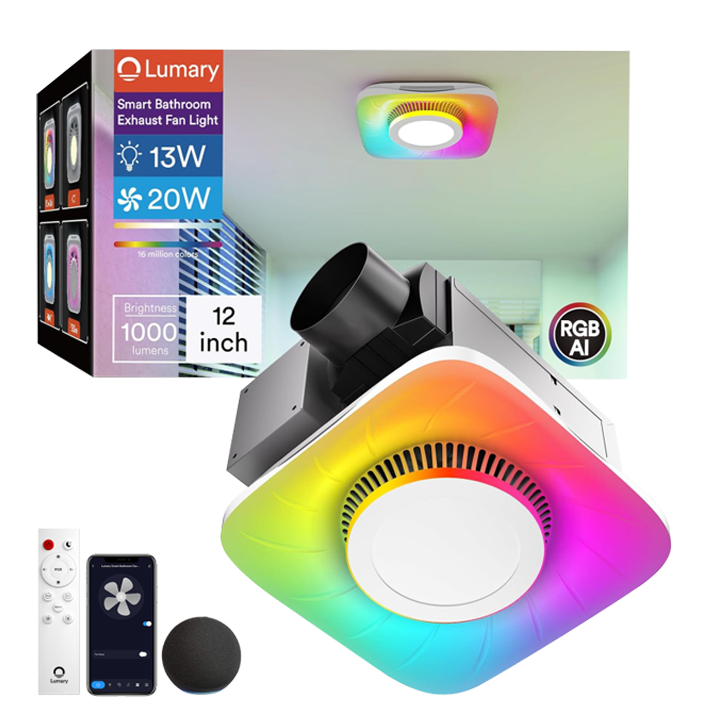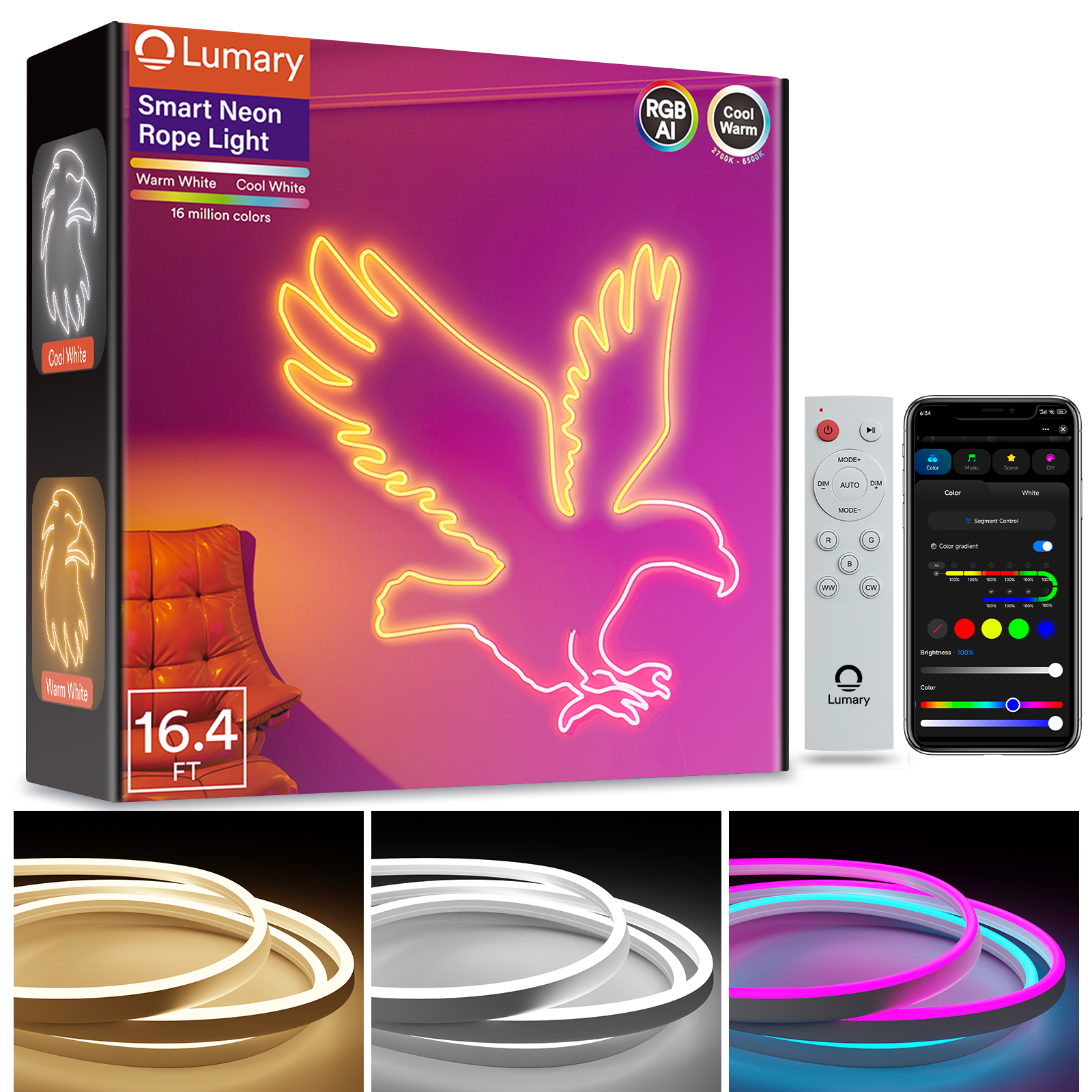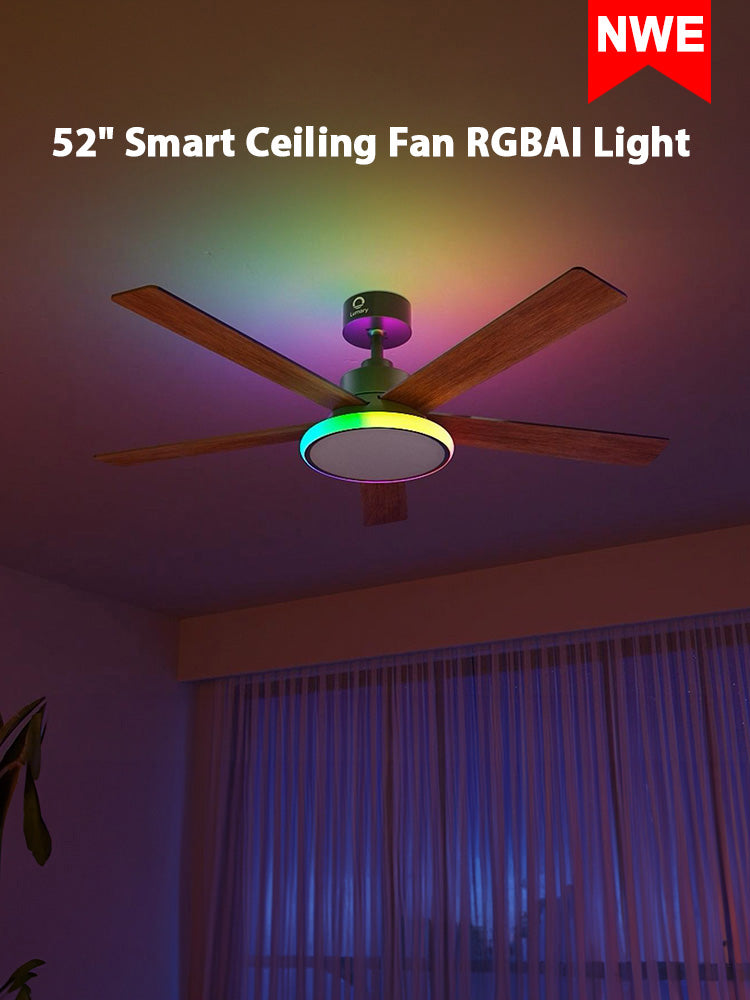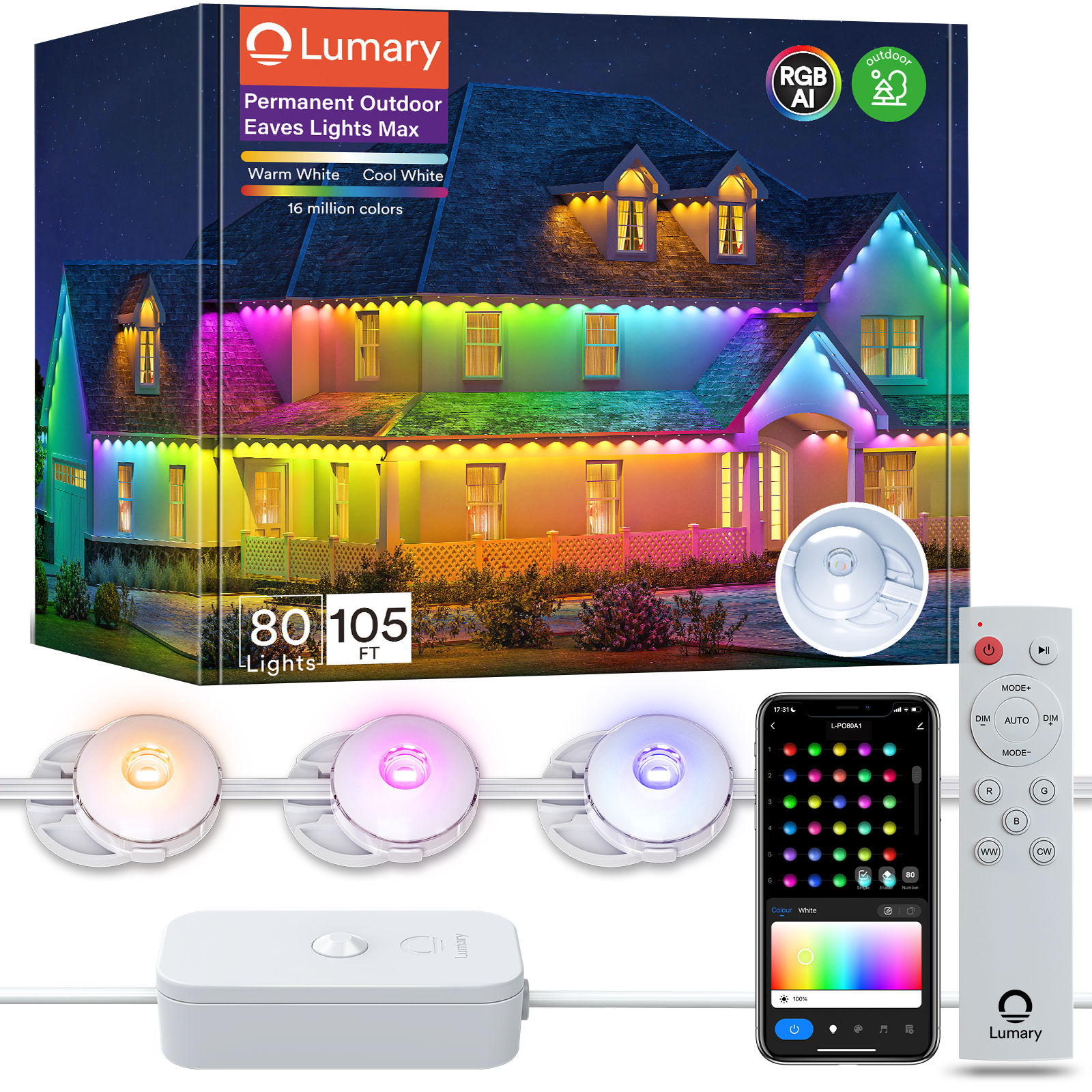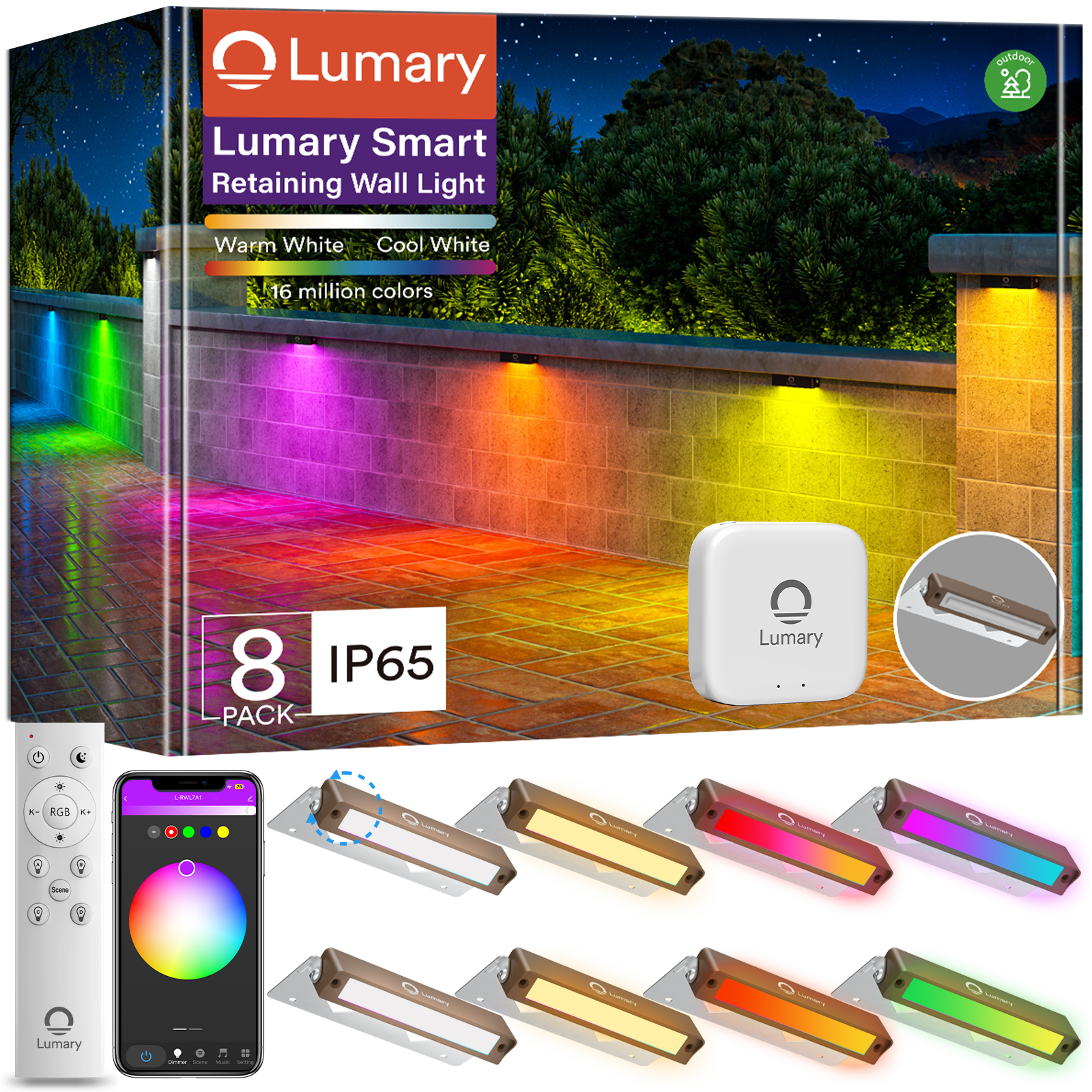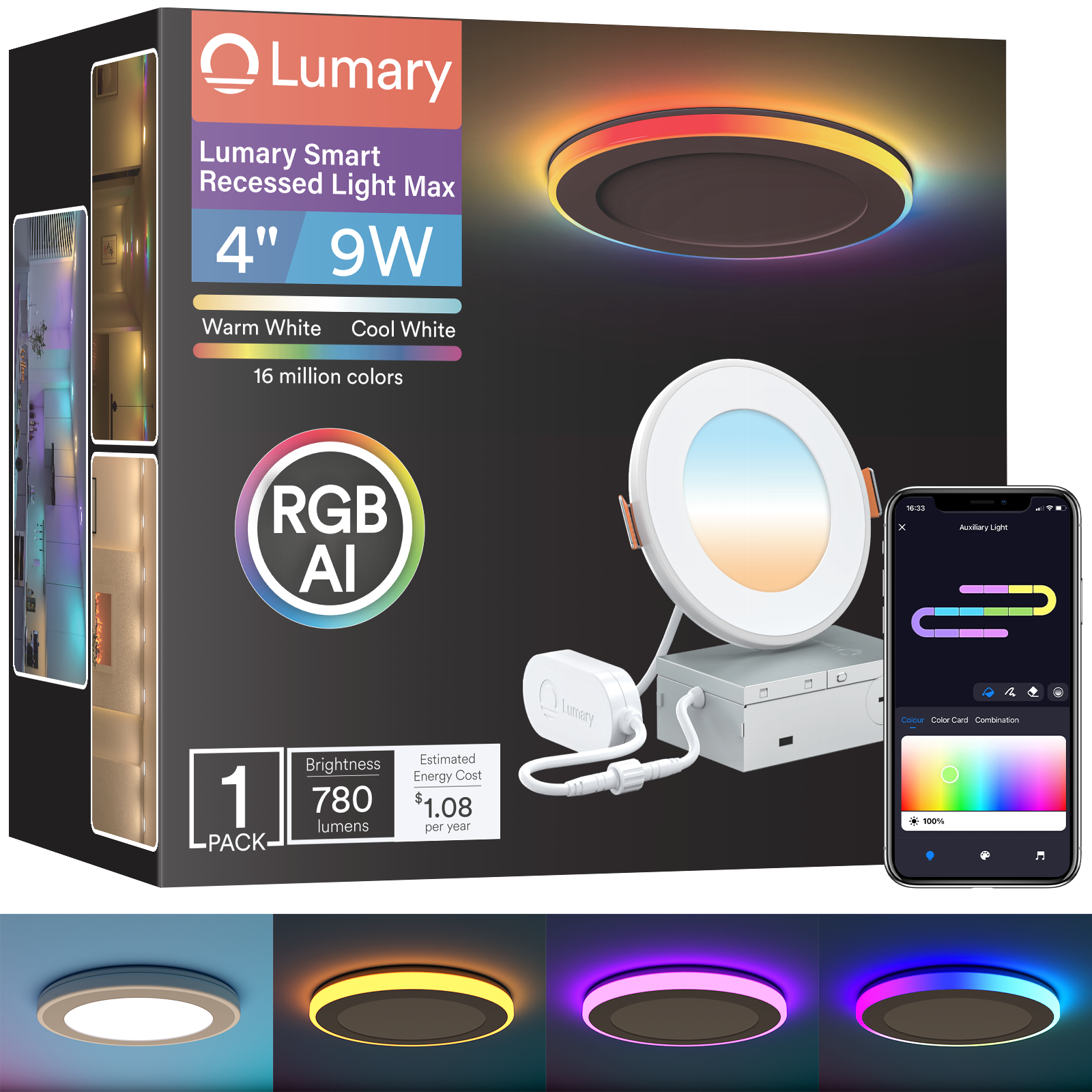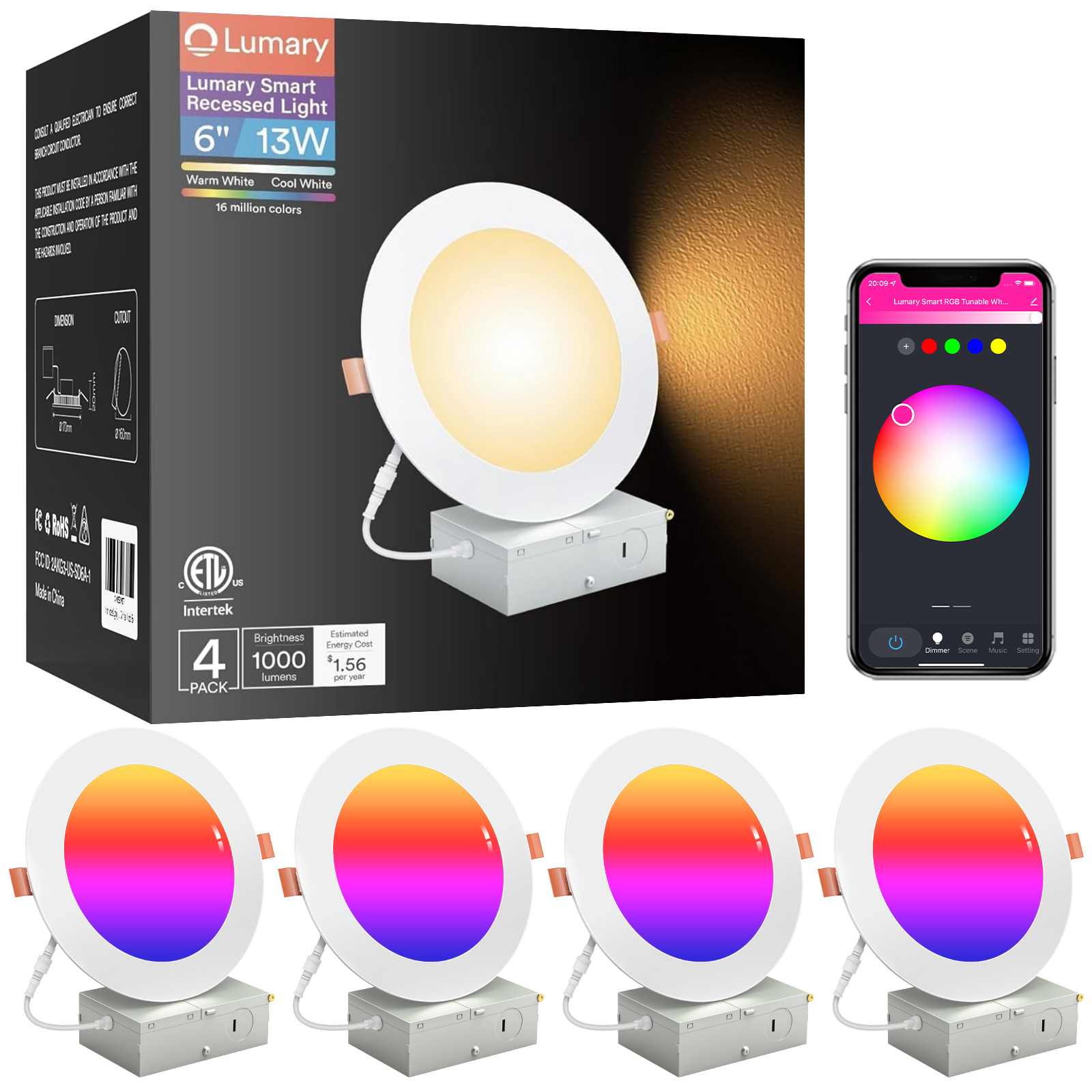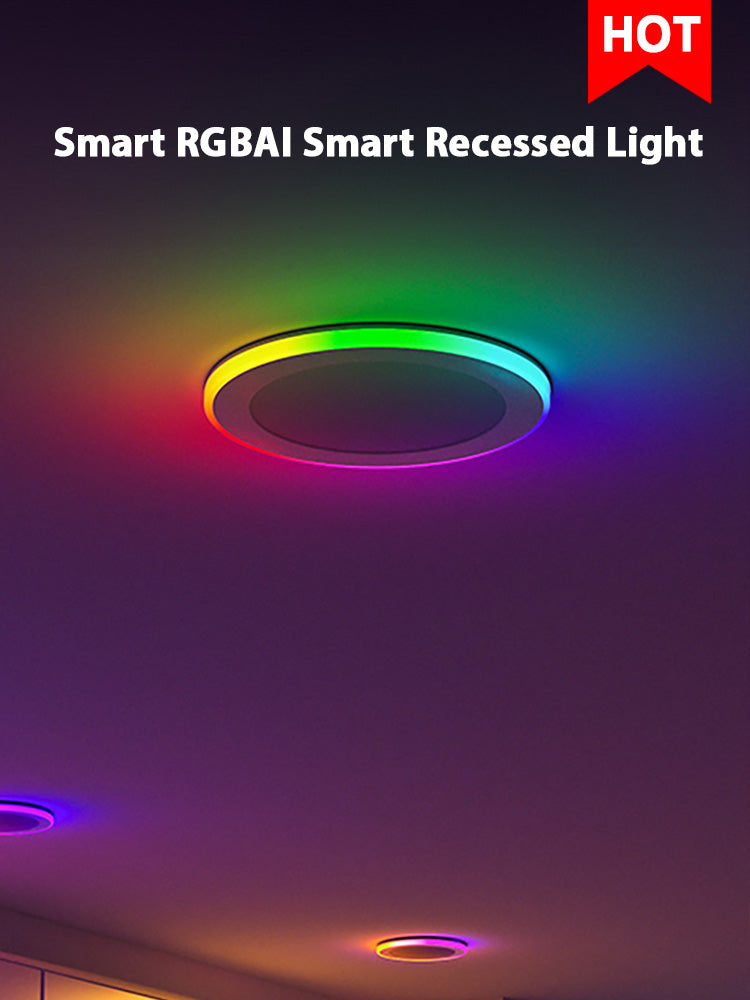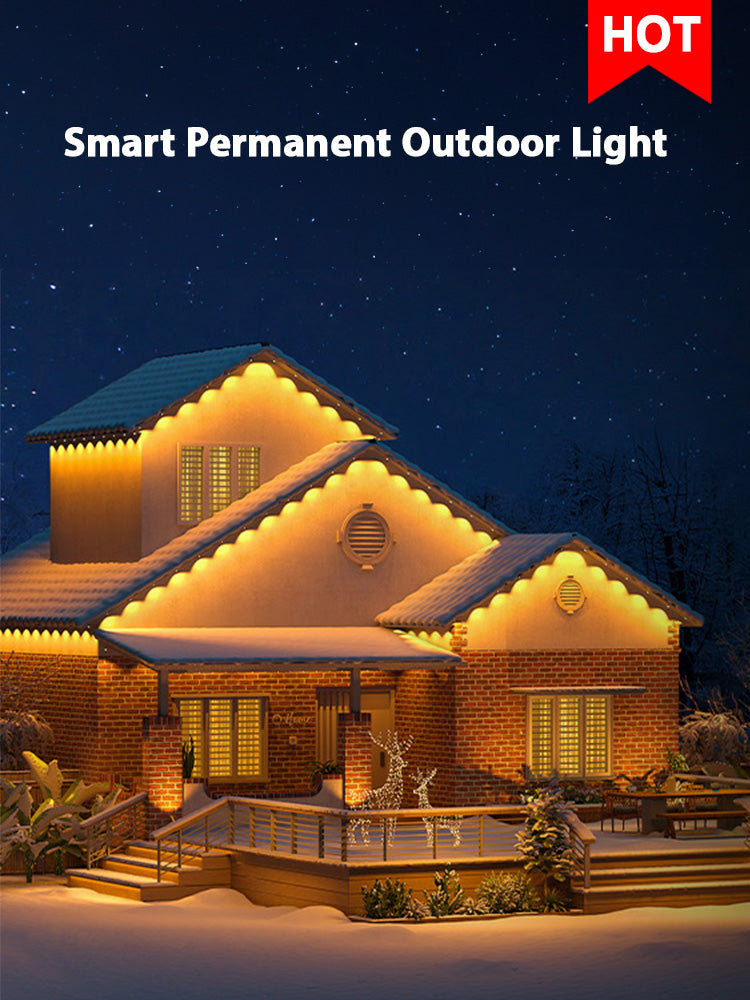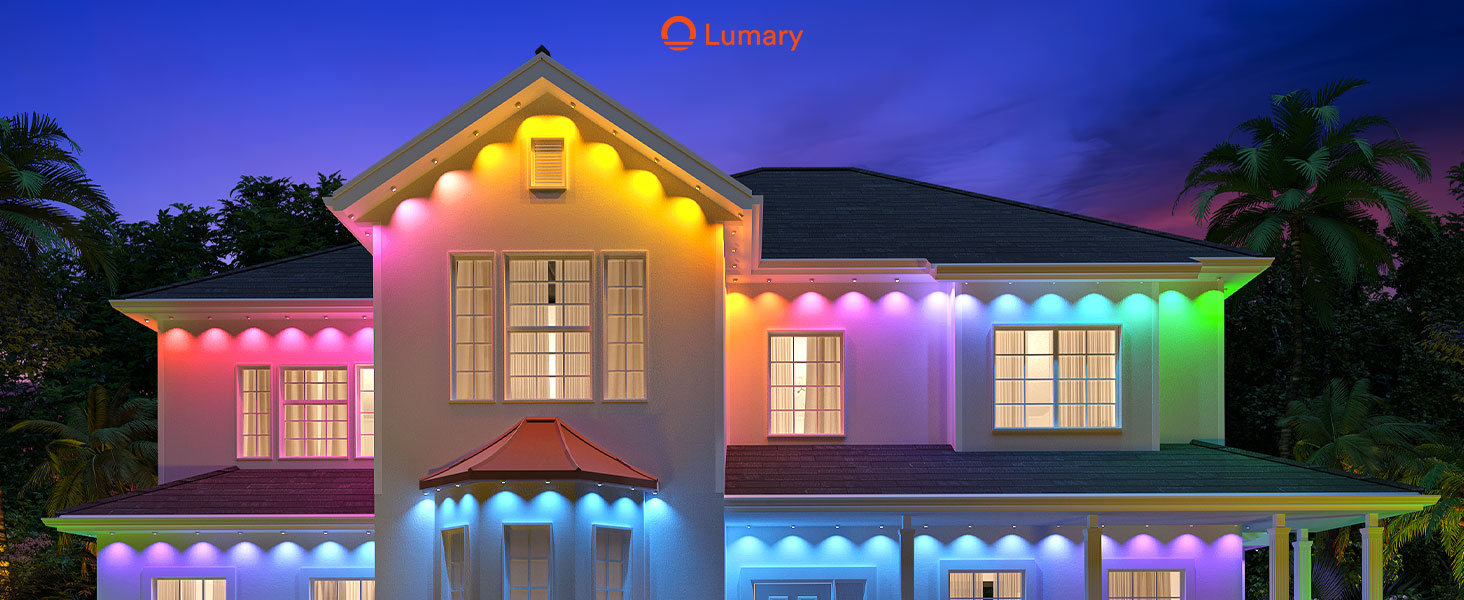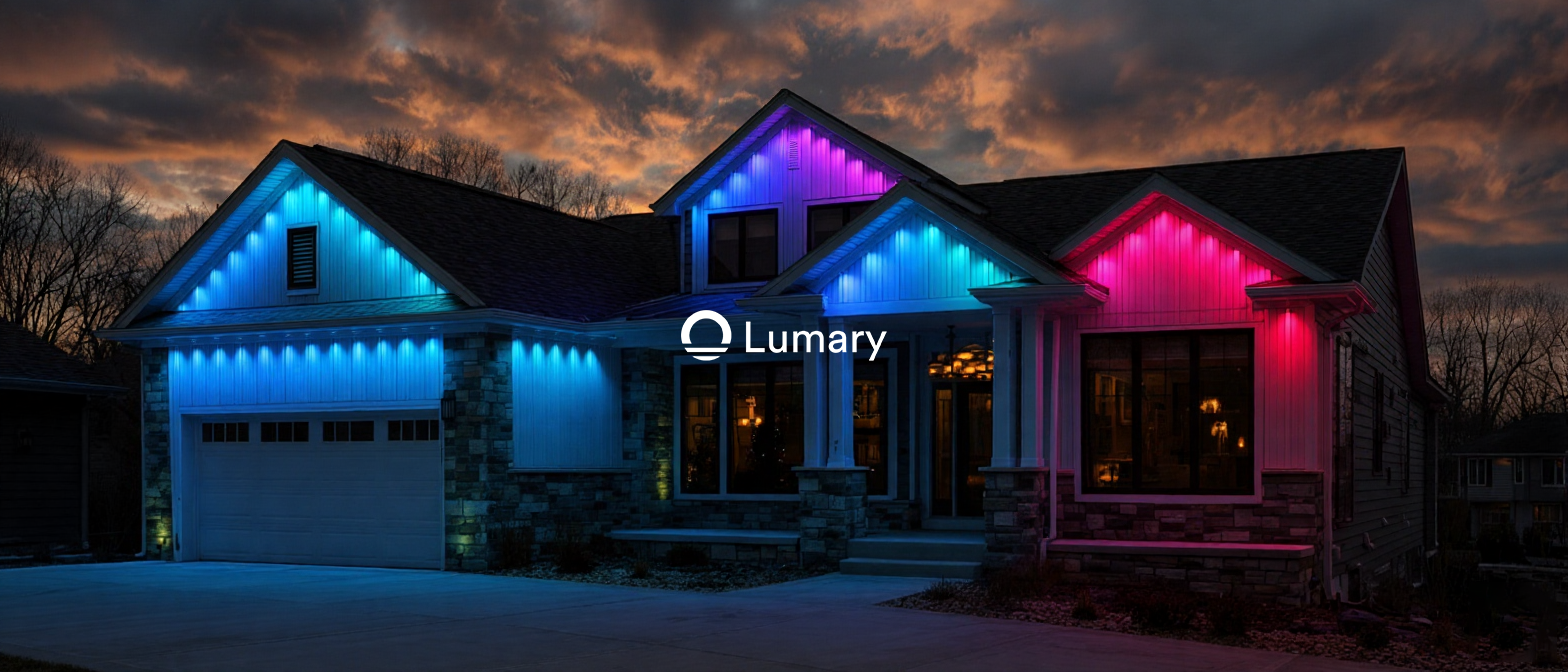Recessed lighting gives your home a modern and simple look. It works well in small spaces since it doesn’t use floor space. This style is great for minimalist designs because it looks neat. Using LED recessed lights can also save you money. You could lower energy costs by about $18.72 a year. It also uses 172.46 kWh less electricity than older lights. If you want to install recessed lighting, it’s easier than it seems and worth the time.
Recessed Lighting Project Overview
Time and Cost Estimate
Before you start, know the time and cost needed. Installing recessed lights usually costs $373 to $520 per light. This price includes materials, labor, and cleanup. If your home is already built, it’s faster and cheaper. No big changes to the structure are required.
The time depends on how many lights you’re adding. Simple setups take a few hours per light. With good planning, you can finish quickly and stay on budget.
Skill Level Required
Putting in recessed lights is a doable DIY project. You need basic electrical skills and tool knowledge. If you’re new to this, start with an easier task. Or, ask a professional for help to stay safe.
Key Considerations Before Starting
Planning is key to a successful lighting project. First, pick the right spots for your lights. Good placement gives even light and avoids shadows. For example, place lights 24 inches from walls. Over counters, lights should shine directly to prevent shadows.
Check local rules and permits before starting. Some areas have specific lighting requirements. For instance, kitchens need at least 6 foot-candles of light, according to the IRC. The NKBA suggests 50 foot-candles for food prep areas.
Lastly, gather all tools and materials ahead of time. Being prepared saves time and avoids delays.

Planning Your Recessed Light Installation
Picking the Right Lights
Choosing the right recessed lights is very important. Think about the room size and why you need the lights. For small rooms, TORCHSTAR Dimmable Slim LED Lights work well. They are small and save energy. For bigger spaces, Sunco Lighting Six-Inch Slim LED Downlights are better. They cover more area and give bright light.
Here’s a simple table to compare popular choices:
|
Product |
Top Feature |
Size |
Warranty |
|---|---|---|---|
|
Ensenior Ultra-Thin LED Recessed Lights |
Long Lifespan |
6 inches |
5 years |
|
TORCHSTAR Dimmable Slim LED Lights |
Great for Small Rooms |
6 pounds |
5 years |
|
Amico Ultra-Thin LED Lights |
Saves Power |
6 inches |
5 years |
|
Sunco Lighting Dimmable Downlights |
Best Trim Design |
5 or 6 inches |
7 years |
|
Sunco Lighting Six-Inch Slim Downlights |
Best for Big Rooms |
6 inches |
7 years |
Learning About Electrical Circuits
Before starting, learn how your home’s circuits work. Recessed lights connect to existing circuits. Check if the circuit can handle more power. Too much load can trip breakers or cause fires.
Look at your electrical panel to find the right breaker. Each breaker shows its maximum load in amps. Add up the wattage of your new lights. Make sure it doesn’t go over the breaker’s limit.
Knowing Local Rules and Permits
Every area has rules for electrical work. These rules keep your home safe and meet local standards. For example, kitchens need brighter lights for cooking. This is suggested by IRC and NKBA guidelines.
Ask your local building office about permits and inspections. Some places need checks after you finish. Following rules avoids fines and problems when selling your house.

Staying Safe While Working
Safety is very important when working with electricity. Use low-voltage systems like 12 or 24 volts. OSHA says this lowers risks and makes work safer.
Here are safety tips to follow:
-
Turn off the breaker before starting work.
-
Use a voltage tester to check if power is off.
-
Wear gloves and use tools with rubber handles.
-
Don’t work alone in case something goes wrong.
These steps help you stay safe and avoid accidents during installation.
Tools and Materials for Installing Recessed Lighting
Essential Tools
Using the right tools makes the job easier and safer. Here’s what you’ll need:
-
Voltage Tester: This checks if the power is off. It keeps you safe.
-
Wire Strippers: These remove the plastic cover from wires neatly. Clean wires connect better and work safely.
-
Drill with Hole Saw Attachment: Use this to cut perfect holes in the ceiling.
-
Measuring Tape: Measure carefully to space lights evenly and avoid errors.
-
Screwdriver Set: You’ll need screwdrivers to secure and adjust fixtures.
-
Fish Tape or Wire Puller: This helps guide wires through walls without damage.
-
Ladder: A strong ladder helps you reach the ceiling safely.
Pro Tip: Check your tools before starting. Broken or missing tools slow you down.
Materials Checklist
Picking the right materials is key to a good project. Here’s what you’ll need:
-
Recessed Light Fixtures: Pick fixtures for your space. Damp-rated ones are best for bathrooms or outdoors.
-
LED Bulbs: These save energy and last longer, cutting costs.
-
Electrical Wires: Use wires that match your circuit’s size for safety.
-
Wire Nuts: These hold wires together and prevent electrical problems. Use the correct size.
-
Junction Boxes: These protect wire connections and meet safety rules.
-
Cover Plates: These cover junction boxes for a neat, safe finish. Follow instructions to install them properly.
-
Insulation Contact (IC) Rated Housings: These stop overheating if lights touch insulation, reducing fire risks.
Note: Check local electrical codes before buying materials. This ensures your project is safe and legal.
Having the right tools and materials makes installing LED recessed lighting much easier. They help the process go smoothly and keep everything safe. Gather everything first to avoid extra trips and finish faster.
Step-by-Step Guide on How to Install Recessed Lighting
Step 1: Turn Off Power and Plan Layout
Before you begin, safety should be your top priority. Always turn off the power at the circuit breaker to avoid electrical hazards. Use a non-contact voltage tester to double-check that the power is completely off at the light switch and wiring location.
Once the power is off, take some time to plan the layout of your recessed lights. Proper planning ensures your lighting looks great and functions well. Think about the room’s purpose and size. For example, in a living room, you might want to highlight specific areas like a reading nook or artwork. A good rule of thumb is to space the lights about half the height of the ceiling. So, if your ceiling is 8 feet high, place the lights about 4 feet apart.
Pro Tip: Sketch your layout on paper or use painter’s tape to mark the spots on the ceiling. This helps you visualize the final look before you start cutting.
Step 2: Mark the Ceiling for Light Placement
Now that you’ve planned the layout, it’s time to mark the ceiling. Use a measuring tape and a pencil to pinpoint the exact spots for each light. A laser level can help you align the marks perfectly, ensuring a professional finish.
When marking, avoid areas with ceiling joists, ductwork, or existing wiring. You can use a stud finder to locate these obstacles. Mapping the area carefully prevents unnecessary mistakes and ensures optimal lighting placement.
Quick Tip: If you’re unsure about spacing, remember that recessed lights should be placed evenly to avoid dark spots or overlapping beams.
Step 3: Cut Holes for the Fixtures
Once you’ve marked the spots, it’s time to cut the holes in the ceiling. Use a drill with a hole saw attachment that matches the size of your recessed light housing. Carefully cut along the marked lines to create clean, precise openings.
Safety Reminder: Wear safety goggles and a dust mask while cutting to protect yourself from debris.
If you’re nervous about cutting, start with a small pilot hole to check for any hidden obstacles. This step ensures you don’t accidentally damage existing wiring or structural elements.
Step 4: Run Electrical Wiring
With the holes ready, you’ll need to run the electrical wiring. First, feed the wires through the ceiling to each hole. Use fish tape or a wire puller to guide the wires without damaging the drywall.
Make sure the wires are long enough to connect to the recessed light fixtures. If you’re adding multiple lights, connect them in a series using the appropriate wiring method. Always follow local electrical codes to ensure safety and compliance.
Important: Use wires that match the circuit’s size and type. For example, 14-gauge wire is common for most residential lighting circuits.
Step 5: Connect the Wires to the Fixtures
Now it’s time to connect the wire to the recessed light. Strip the ends of the wires using a wire stripper, then attach them to the fixture’s wiring. Typically, you’ll connect black to black (hot wire), white to white (neutral wire), and green or bare copper to the ground wire.
Secure the connections with wire nuts and tuck the wires neatly into the junction box. Double-check that all connections are tight to prevent short circuits or overheating.
Pro Tip: If your fixtures come with push-in connectors, use them for a quicker and more secure connection.
Step 6: Install the Recessed Light Housings
Next, install the light into the ceiling hole. If you’re using IC-rated housings, they can safely touch insulation without causing fire hazards. Push the housing into the hole and secure it with the provided clips or screws.
Make sure the housing sits flush with the ceiling for a clean, professional look. If you’re working in a damp area like a bathroom, use housings rated for wet locations to prevent moisture damage.
Step 7: Attach the Trim and Bulbs
Once the housings are in place, attach the trim and bulbs. The trim not only enhances the appearance but also helps direct the light. Snap or screw the trim into the housing, depending on the design.
For the bulbs, choose energy-efficient LED options that match your desired brightness and color temperature. LEDs last longer and save energy, making them a smart choice for recessed lighting.
Step 8: Test the Lights and Final Adjustments
Finally, it’s time to test the lights. Turn the power back on at the circuit breaker and flip the light switch. Check that all the lights work properly and provide even illumination.
If any lights flicker or don’t turn on, double-check the wiring connections. Make any necessary adjustments to the trim or bulb placement for the best results.
Reminder: Testing the lights ensures everything is working as it should before you finish the project.
Congratulations! You’ve completed the steps of installing recessed lighting. Enjoy your new, modern lighting setup and the improved ambiance it brings to your home.
When to Call a Professional for Recessed Light Installation
Complex Electrical Work
Some electrical jobs are too hard for beginners. If your project needs new circuits or an upgraded panel, call an expert. These tasks need special skills to stay safe and follow rules.
Here’s a simple table of important safety rules:
|
Rule |
What It Covers |
|---|---|
|
Health and Safety at Work Act 1974 |
Sets safety laws for workplaces. |
|
Management of Health and Safety Rules 1999 |
Lists employer duties for safety. |
|
Electricity at Work Rules 1989 |
Explains how to avoid electrical dangers. |
|
Work Equipment Rules 1998 |
Makes sure tools are safe to use. |
These rules show why handling electricity correctly is crucial. Licensed electricians know these rules and can prevent fires or other dangers.
Structural Challenges
Ceilings with beams, ducts, or insulation can make work harder. Cutting through these without causing damage takes skill and the right tools. A pro can handle these issues and protect your home.
Tip: Experts install lights without harming your ceiling’s structure.
Lack of Confidence or Experience
Not sure about working with wires? That’s okay! Electrical work can feel scary if you’re not used to it. A professional can do the job safely and quickly.
Reminder: It’s safer to hire help than risk harm or mistakes.
Recessed lighting adds style and function to your home. With the right tools and planning, you can handle this project yourself. If you’re unsure how to install recessed lighting or face challenges, calling a pro is smart. Start today and enjoy the satisfaction of upgrading your space!


